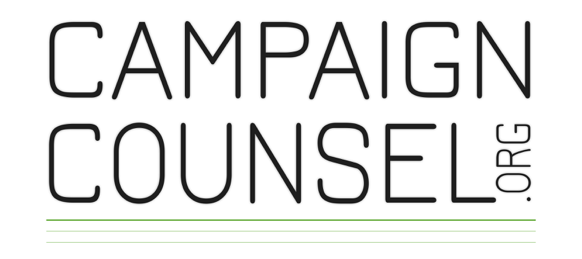Post-Capital Campaign Stewardship: Why it Matters
For nonprofits, a capital campaign is a milestone achievement. It often brings together new and longtime supporters to accomplish something grand – whether it’s building a new facility, expanding programming, or securing resources for the future. However, the work doesn’t end when the goal is met. After the campaign concludes, stewardship becomes the critical next step to sustain the relationships and trust you’ve built.
Stewardship is more than a thank-you note. It’s an ongoing process of engaging with donors to ensure they feel appreciated and connected to your mission. For donors who’ve contributed to a major campaign, stewardship shows them that their generosity continues to make a difference. When done well, it transforms one-time gifts into lifelong partnerships and one-time donors into devoted advocates.
Why Stewardship Is Vital
Stewardship plays a major role in sustaining the momentum created by a successful campaign. It’s far easier and more cost-effective to retain existing donors than to recruit new ones. Thoughtful stewardship deepens connections, turning financial contributions into meaningful relationships that build a loyal community of supporters.
A well-designed stewardship program also enhances your organization’s credibility. When donors feel valued and see tangible results from their contributions, they are more likely to spread positivity, drawing in new supporters. Furthermore, reliable funding from engaged donors ensures your nonprofit can focus on achieving its mission rather than scrambling for resources.
Building Relationships Through Stewardship
When I think about the essence of stewardship, it’s all about creating opportunities for donors to feel seen, valued, and integral to your success. I’ll never forget one donor who told me that a simple handwritten note from a child brought tears to her eyes. She had contributed significantly to a community center, and the note detailed how her generosity was changing his life. That moment reaffirmed to me how far genuine gratitude can go.
Keeping donors informed about how their contributions are making an impact is equally essential. I’ve found that regular updates – such as progress reports on construction, the launch of new programs, or stories about lives changed – help donors stay connected to the mission. A heartfelt email describing a family whose lives were transformed by new programming often resonates more than an annual report.
Inviting donors to exclusive events also strengthens their relationship with your organization. My previous nonprofit work allowed me to give behind-the-scenes tours of a new facility. Seeing the look on donors’ faces as they witnessed their contributions come to life was priceless. One longtime supporter told me, “This makes it all real. I can’t wait to see the kids in this space.” Those personal connections are irreplaceable.
Additionally, public recognition reinforces the importance of donor contributions. Whether it’s a name on a donor wall, a feature in your annual report, or a shout-out on your website, these gestures of gratitude foster pride and deepen the bond between donors and your organization.
To take it a step further, offering ways for donors to become even more involved can create lifelong advocates. I’ve seen donors thrive when invited to join committees or serve as volunteers. One individual, who started as a campaign donor, later chaired our fundraising committee, sharing his enthusiasm with others and inspiring additional support.
Stewardship’s Role in Future Success
Stewardship is not just about honoring past contributions; it’s about setting the stage for the future. Donors who feel appreciated are more likely to support future campaigns and increase their giving over time. I’ve often seen relationships evolve into lifelong partnerships. Many donors have included organizations in their estate plans after years of engagement.
The trust built through effective stewardship creates organizational stability. Recurring gifts provide a reliable financial foundation, allowing you to focus on achieving long-term goals. Transparency is key here – donors need to see how their funds are used and the impact of their support. Personalized messaging for capital campaign donors can tie their contributions to ongoing successes, reinforcing their importance to your mission.
A Lasting Partnership
For donors who’ve supported a capital campaign, the journey doesn’t end when the campaign concludes – it’s just the beginning of a lasting partnership. I have found it imperative to have a seven-touch system in place. Each donor should hear from someone at your organization at least seven times per year. A model that has proven to be effective for me is: quarterly newsletters (four touches), bi-annual phone calls (two touches), and a holiday and/or birthday greeting (one or two touches). By investing in stewardship, you’re not just fostering relationships; you’re creating a network of advocates who are deeply invested in your mission and eager to see it thrive.
I’ve learned through countless experiences that when handled with care, stewardship becomes a powerful tool for growth. It ensures that the trust and generosity of your donors continue to drive your mission forward for years to come. As I always remind my team, it’s not just about the dollars raised – it’s about the lives impacted and the stories we share that bring us all together.
If you’d like to assess whether your organization is ready for a capital campaign, visit our Capital Campaign Readiness Checklist.
Martavia Wynn is a consultant with CampaignCounsel.org.







